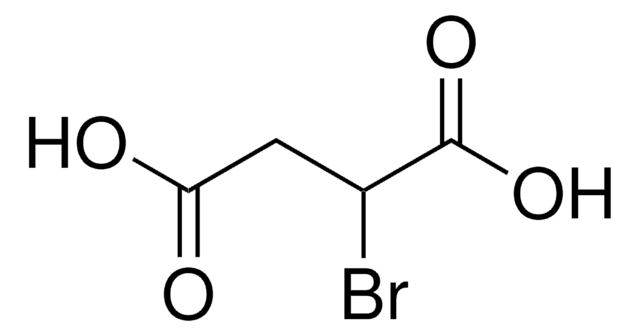BCR079R
3-Methylchrysene
BCR®, certified reference material
Seleccione un Tamaño
Seleccione un Tamaño
About This Item
Productos recomendados
grado
certified reference material
Agency
BCR®
fabricante / nombre comercial
JRC
técnicas
HPLC: suitable
gas chromatography (GC): suitable
Formato
neat
temp. de almacenamiento
2-8°C
cadena SMILES
Cc1ccc2ccc3c4ccccc4ccc3c2c1
InChI
1S/C19H14/c1-13-6-7-15-9-10-17-16-5-3-2-4-14(16)8-11-18(17)19(15)12-13/h2-12H,1H3
Clave InChI
JLIHUJWAXSZIHS-UHFFFAOYSA-N
Descripción general
Aplicación
Nota de análisis
BCR079R
Información legal
Palabra de señalización
Warning
Frases de peligro
Consejos de prudencia
Clasificaciones de peligro
Aquatic Acute 1 - Aquatic Chronic 1 - Eye Irrit. 2
Código de clase de almacenamiento
11 - Combustible Solids
Clase de riesgo para el agua (WGK)
WGK 3
Elija entre una de las versiones más recientes:
Certificados de análisis (COA)
It looks like we've run into a problem, but you can still download Certificates of Analysis from our Documentos section.
Si necesita más asistencia, póngase en contacto con Atención al cliente
¿Ya tiene este producto?
Encuentre la documentación para los productos que ha comprado recientemente en la Biblioteca de documentos.
Active Filters
Nuestro equipo de científicos tiene experiencia en todas las áreas de investigación: Ciencias de la vida, Ciencia de los materiales, Síntesis química, Cromatografía, Analítica y muchas otras.
Póngase en contacto con el Servicio técnico










